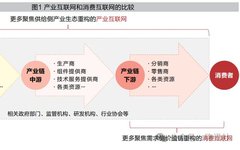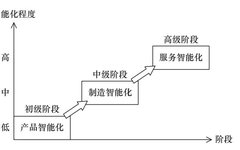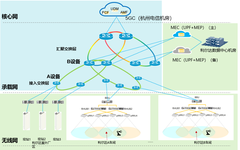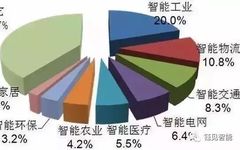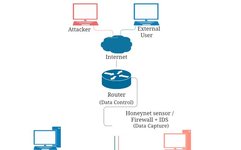IoT and Big Data: Tencent Cloud IoT Industrial Solutions for Digital Transformation
With the arrival of Industry 4.0, the manufacturing sector is entering a new digital era. Under this backdrop, industrial enterprises need to build new intelligent factories to support the upgrade of traditional industries to intelligent manufacturing. Integrating new generation information technologies such as the Internet of Things, big data, and 5G into various processes, production, … Read more


